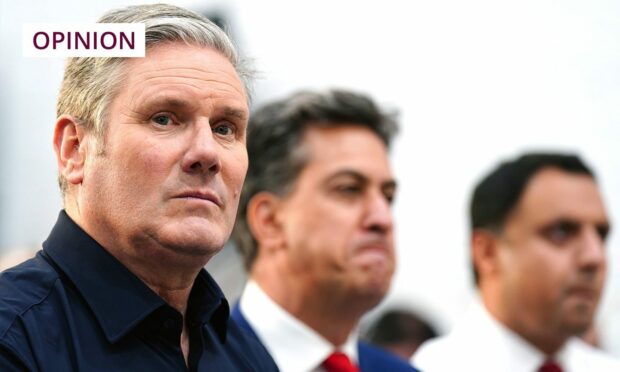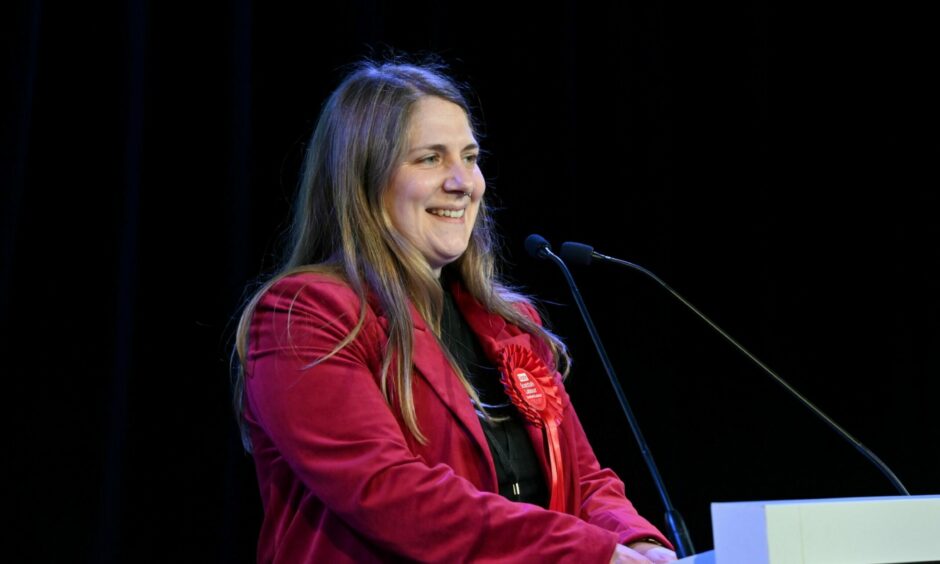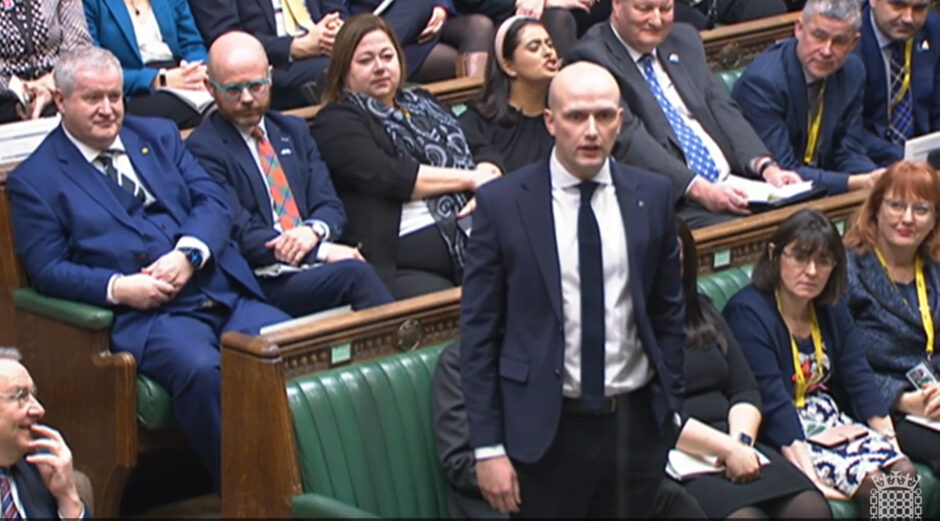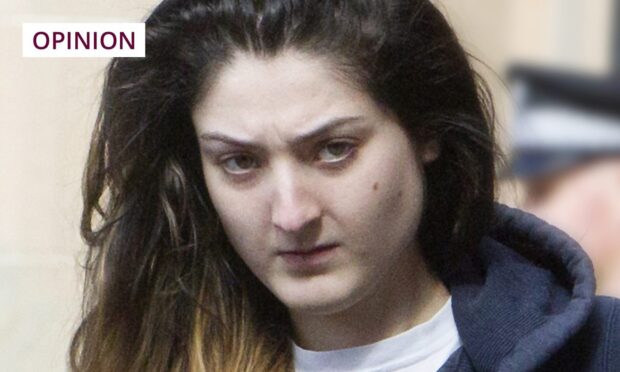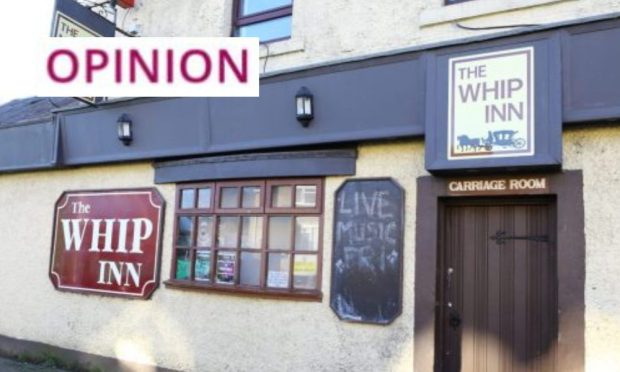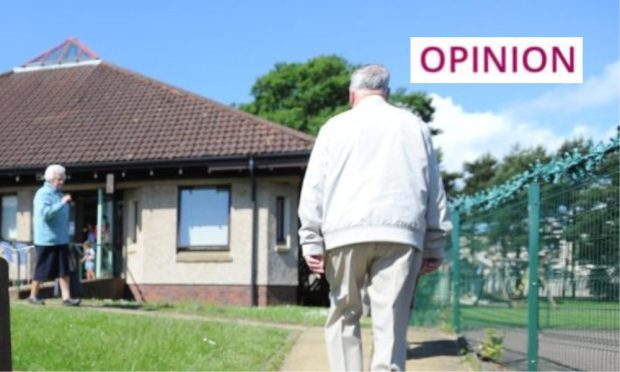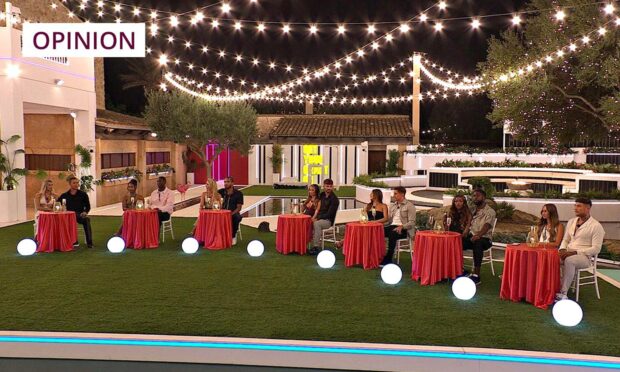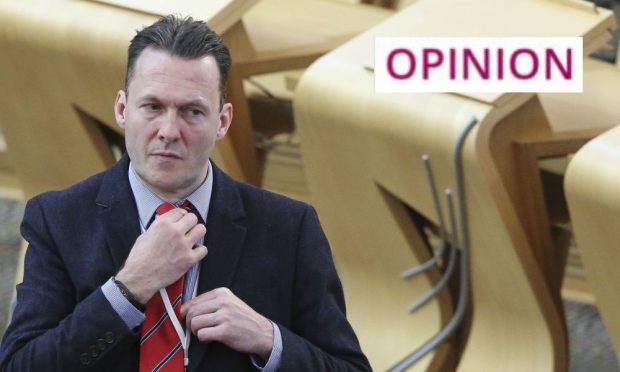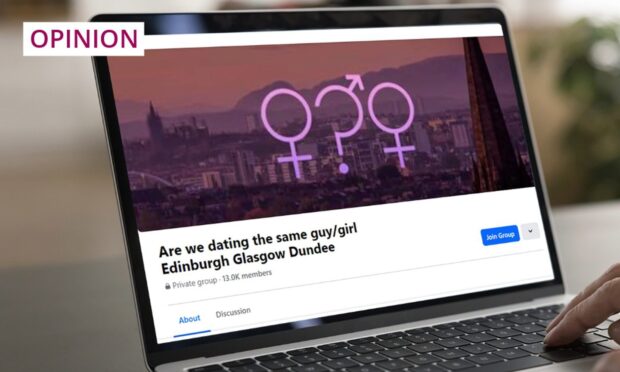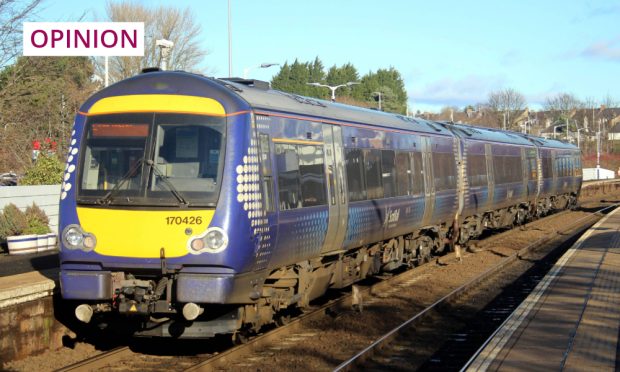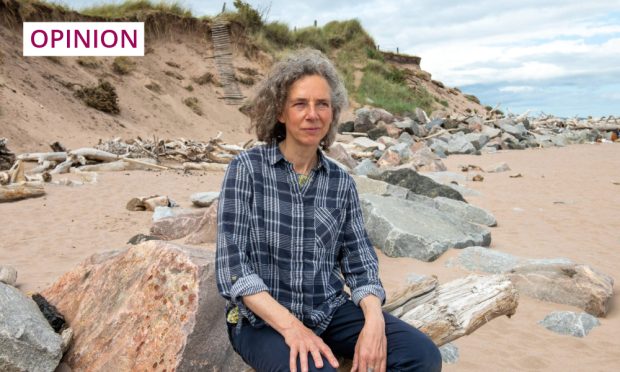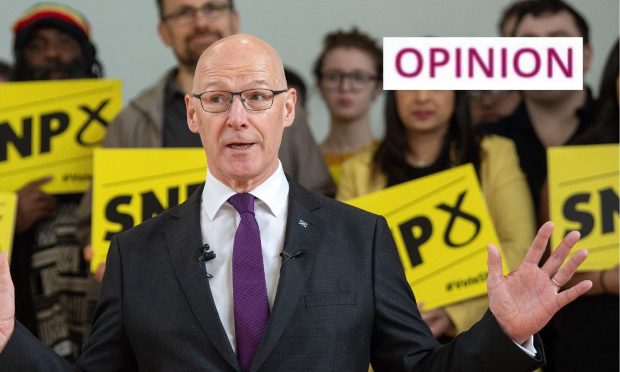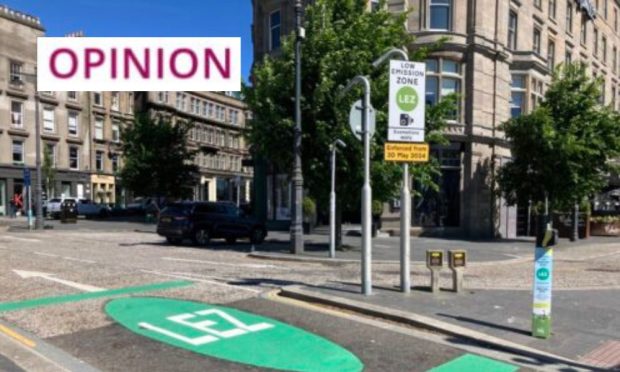As he attempts to convince voters he is ready for government, Sir Keir Starmer gifted his opponents an easy attack line with his two-child benefit cap U-turn this week.
Just weeks after his own shadow welfare secretary described the policy as “heinous”, the Labour leader ruled out a reversal of the austerity-era policy.
Insiders say the announcement prompted a chorus of opposition internally, but Sir Keir has insisted the decision is one of many “tough choices” a future Labour government would have to make.
There is no doubt the policy has caused immense damage and is considered obscene by the vast majority of rank-and-file activists who the Labour Party relies on to get its message out day-in and day-out.
Affecting around 1.5 million children in the UK – and thousands across Tayside and Fife – experts say ending the two-child cap would lift 250,000 children out of poverty.
The Labour leader’s reluctance to follow his party’s instincts reveals how, even with a confident poll majority, he faces a gruelling uphill battle before he can be confident of victory at the next general election.
Electoral maths makes it near impossible for the party to get anywhere near Number 10 without unseating a chunk of SNP MPs, many of whom enjoy comfortable majorities.
With Edinburgh MP Ian Murray currently the party’s sole voice from Scotland in the House of Commons, that challenge shouldn’t be underestimated.
Sensing trouble, the SNP quickly launched a relentless, effective attack; publishing new analysis on the impact of the two-child limit in Scotland and forcing Scottish Labour politicians to scramble to create distance between them and the man they want to become prime minister over the issue.
Stephen Flynn also used his weekly slot at Prime Minister’s Questions to take on both Rishi Sunak and Keir Starmer – showing that he and the SNP keenly understand who they are really competing with at the next election.
Rather than trying to unseat Conservative MPs, the SNP know their recent electoral successes could be reversed, leaving its candidates fighting off Labour in most constituencies.
Equally though, Labour know these are constituencies it must win to avoid having to make post-election deals with the SNP and other parties.
To do that they will have to carefully balance attempts to woo Conservative voters in England sceptical about party’s record on the economy with a campaign that challenges the SNP over their record on child poverty and the NHS in Scotland.
‘Keir Starmer will have to do better at speak to different voters’
While it will be by no means impossible, the row over the two-child benefit cap is a vivid illustration of the difficulties of reconciling these competing priorities.
Sir Keir will have to do much better at speaking to different groups of voters when it comes to those “difficult choices”.
Keir Starmer wants voters to know he’s serious about becoming Prime Minister. That will involve convincing voters he can be trusted on the economy without handing the SNP quite as many open goals as he did this week.
